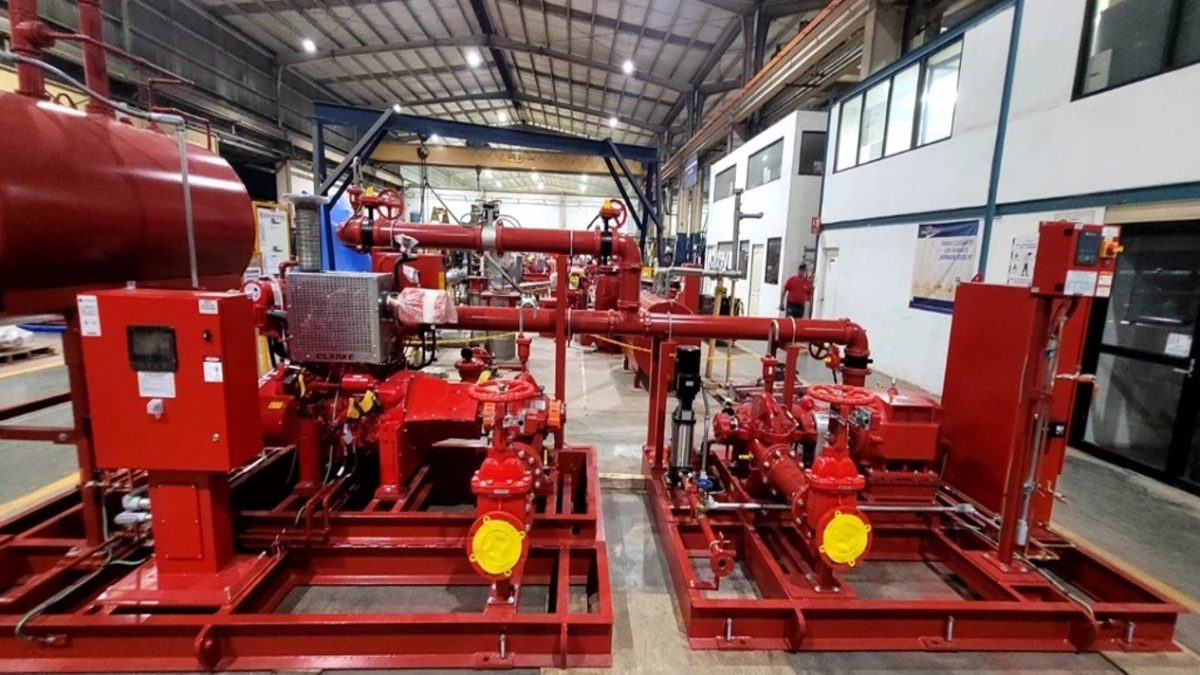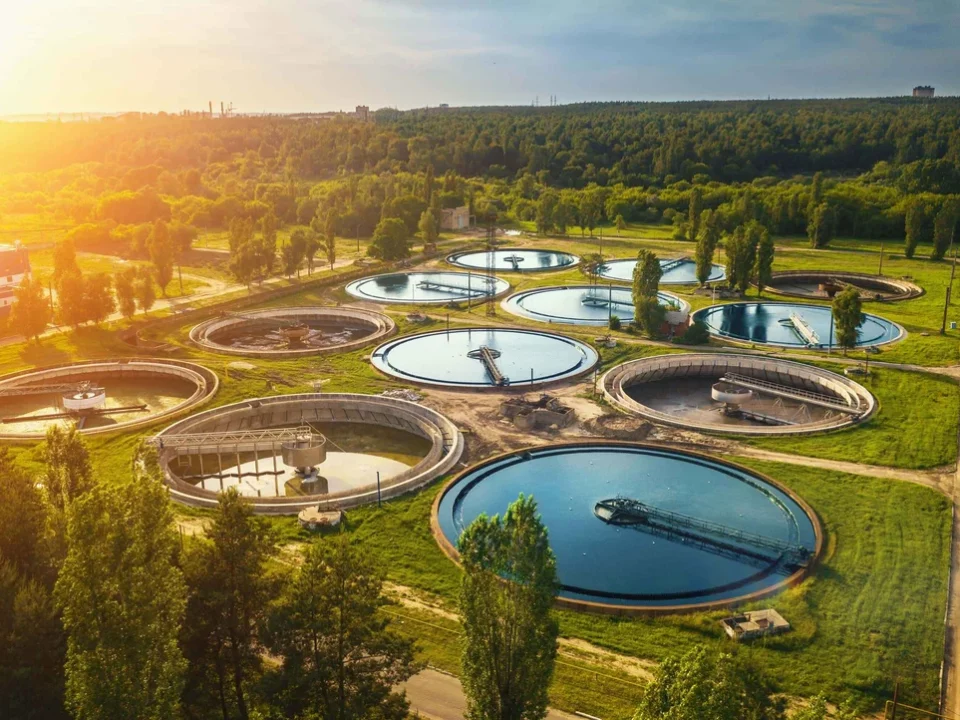Introduction
In high-risk industries such as oil & gas, power, construction, and infrastructure, safety is paramount. While active fire systems like sprinklers and extinguishers respond to fires once they start, Passive Fire Protection (PFP) is designed to prevent, contain, and slow the spread of fire from the outset. Choosing the right materials and ensuring compliance with test standards are critical to safeguarding lives, assets, and business continuity.
What is Passive Fire Protection (PFP)?
Passive Fire Protection refers to the use of fire-resistant materials, coatings, and design techniques that protect structures and equipment during a fire without requiring human or system activation. PFP ensures that steel structures, cables, vessels, and walls can withstand high temperatures long enough to allow evacuation and firefighting.
Common Passive Fire Protection Materials
- Intumescent Coatings
- Thin film or thick film coatings that expand when exposed to fire.
- Protects structural steel by forming an insulating char layer.
- Widely used in industrial plants and commercial buildings.
- Cementitious Fireproofing
- Spray-applied lightweight cementitious materials.
- Cost-effective and durable for structural steel, vessels, and ducts.
- Fire-Resistant Boards & Panels
- Boards made of gypsum, calcium silicate, or mineral fiber.
- Used for partition walls, ceilings, and enclosures.
- Firestop Systems
- Sealants, wraps, and collars used to block fire spread through penetrations (cables, pipes).
- Ensures compartmentalization in buildings and industrial plants.
- Thermal Insulation Materials
- Mineral wool, ceramic fiber, and fiberglass.
- Provide both thermal resistance and fire containment.
Key Test Standards for Passive Fire Protection
To ensure effectiveness, PFP materials must comply with internationally recognized fire test standards:
- UL 1709 — Rapid-rise fire test for structural steel protection (hydrocarbon fires).
- ISO 834 / ASTM E119 — Standard fire resistance test for building materials and structures.
- BS 476 — Fire resistance of building materials and structures (widely referenced in the UK).
- EN 13381 — Test methods for determining the contribution of structural elements to fire resistance.
- API 2218 — Fireproofing practices in the petroleum and petrochemical industries.
- IMO FTP Code — Fire test procedures for marine and offshore applications.
Why Standards Matter
- Safety Compliance — Ensures protection against hydrocarbon and cellulosic fires.
- Asset Protection — Reduces structural damage and downtime after fire incidents.
- Regulatory Approval — Required for EPC projects, offshore platforms, and refineries.
- Insurance Benefits — Certified fireproofing can reduce insurance premiums.
Best Practices in Implementing PFP
- Conduct fire risk assessments before material selection.
- Always verify third-party certifications and test reports.
- Ensure proper surface preparation and application methods.
- Perform regular inspections and maintenance for long-term performance.
- Align PFP design with local building codes and international standards.
Conclusion
Passive Fire Protection (PFP) is a critical safeguard in industrial and commercial projects, ensuring that structures and systems can withstand fire long enough to save lives and protect assets. By selecting the right materials and adhering to recognized test standards, project owners and EPC contractors can achieve safety compliance, reduce risks, and enhance long-term reliability.




